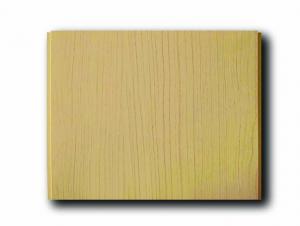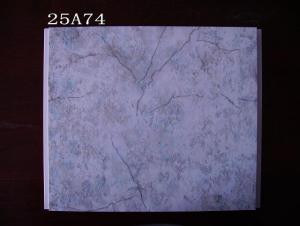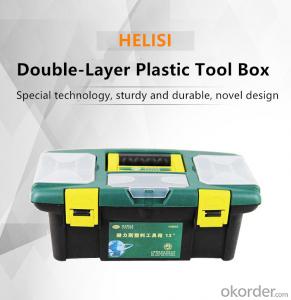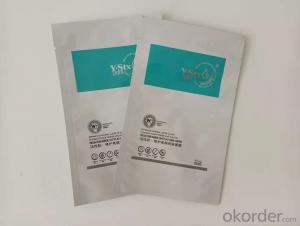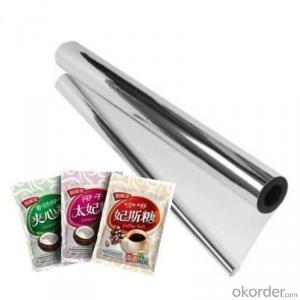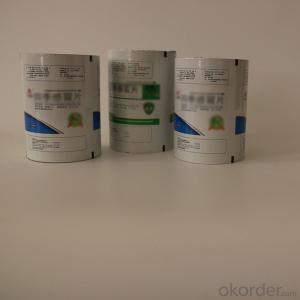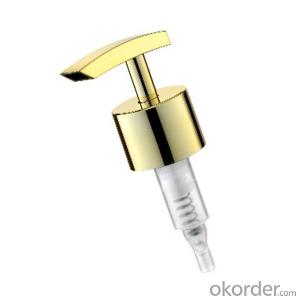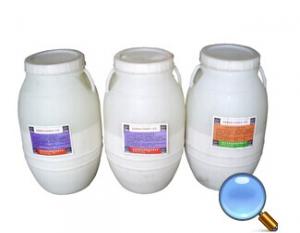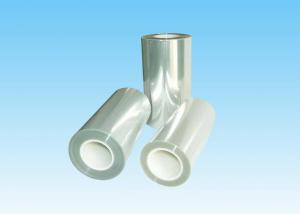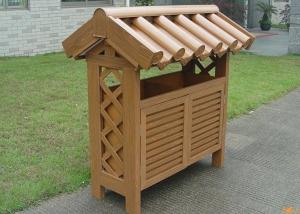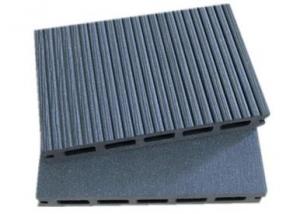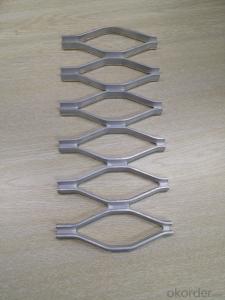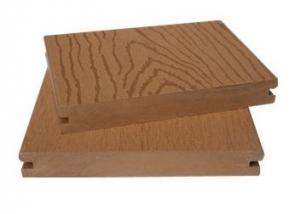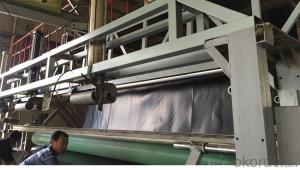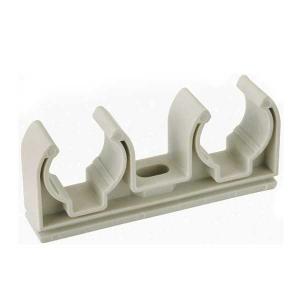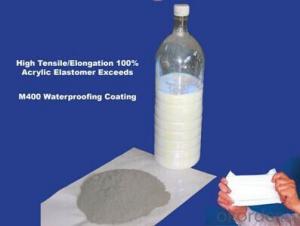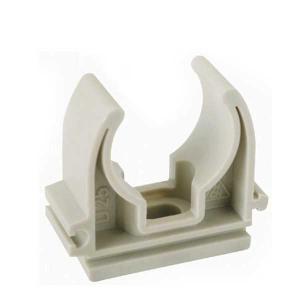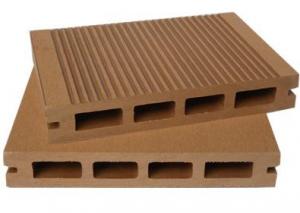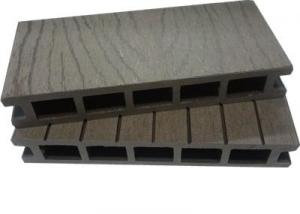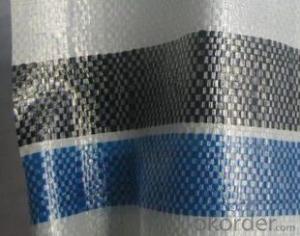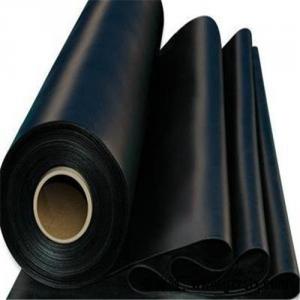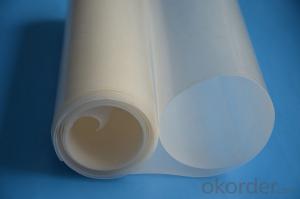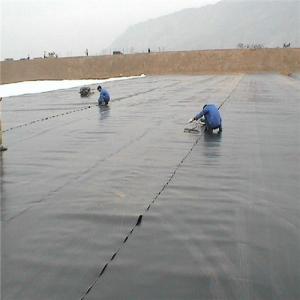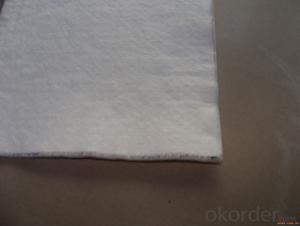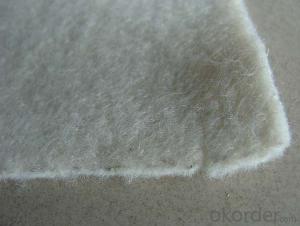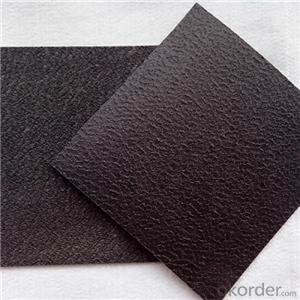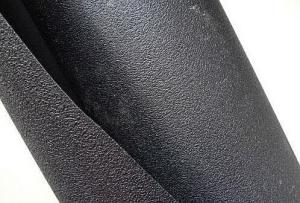Protective Plastic Sheeting
Protective Plastic Sheeting Related Searches
Primer For Galvanized Steel H S Code For Stainless Steel Wd 40 For Stainless Steel Spray Paint For Stainless Steel Drill Bits For Stainless Steel Sponge For Stainless Steel Caulking For Stainless Steel Steel Vessels For Kitchen Best Solar Inverter For Home Led Table Lamps For HomeHot Searches
Steel Mesh Panels For Sale Price For Stainless Steel Scrap Scrap Price For Stainless Steel Cheap High Tea Sets For Sale Stainless Steel Tanks For Sale High Density Fiberboard For Sale Solar Hot Water Collectors For Sale Scaffolding For Sale In Uae Scaffolding For Sale In Ireland Scaffolding For Sale In Houston Type Of Inverter For Solar Price Of Shipping Containers For Sale Stock Price For Aluminum Used Solar Inverter For Sale Portable Led Signs For Sale Stone Hot Water Bottles For Sale Large Led Screens For Sale Used Aluminum Scaffolding For Sale 1/4 Aluminum Plate For Sale Pvc Chairs For SaleProtective Plastic Sheeting Supplier & Manufacturer from China
Okorder.com is a professional Protective Plastic Sheeting supplier & manufacturer, offers integrated one-stop services including real-time quoting and online cargo tracking. We are funded by CNBM Group, a Fortune 500 enterprise and the largest Protective Plastic Sheeting firm in China.Hot Products
FAQ
- There are several advantages of using geomembranes in agricultural ponds. Firstly, geomembranes act as a barrier that prevents the seepage of water into the soil, thereby reducing water loss. This helps in conserving water resources and ensuring a reliable water supply for irrigation purposes. Additionally, geomembranes also prevent the infiltration of contaminants and pollutants from the soil into the pond, maintaining the quality of water and protecting crops from potential harm. Furthermore, these membranes are durable and resistant to UV rays, chemicals, and weathering, ensuring long-term functionality and reducing the need for frequent maintenance. Overall, the use of geomembranes in agricultural ponds helps in improving water management, protecting crops, and increasing overall efficiency in agricultural operations.
- The typical width of a geomembrane in a landfill application can vary, but it is commonly around 20 to 40 feet.
- nan
- Some keyboard covers are made of silica?gel. The silica gel will be oxidized in the air. Meanwhile the surface of the notebook will dissipate heat, which accelerates the aging of the keyboard cover. When it becomes sticky and a lot of dust is attached to the surface of it, then the keyboard cover can be abandoned. As for cleaning the keyboard cover, you can just wet it with clean water and lay it on the clean and smooth surface to be naturally dried. (When dry the protective?film, you should not forget to clean the keyboard by using speical burnisher.)
- nan
- The film itself is for waterproof and beauty. The product line is must be torn down. Those products can be restored to the appearance of the paper and the adhesive must be not touched cut. The die - cutting no film on the way, none of which factory is willing to help you to cover a washing drum. If it can be flatten, you can polish it. First, to put on a layer of polishing glue and polish it with the calender. This process should also be waterproofed.
- Geomembranes contribute to the prevention of groundwater contamination by acting as a barrier between potential contaminants and the underlying groundwater. They are impermeable liners made of synthetic materials that are used in various applications such as landfill liners, mining operations, and wastewater treatment facilities. By preventing the transport of pollutants and contaminants from the surface or storage areas into the groundwater, geomembranes help safeguard this valuable resource from contamination and maintain its quality for drinking, agriculture, and ecological purposes.
- Yes, geomembranes can be used in wastewater treatment facilities. They are often employed as liners for containment structures such as ponds, lagoons, and tanks to prevent leakage and contamination of surrounding soil and groundwater. Geomembranes provide an impermeable barrier that enhances the efficiency and effectiveness of wastewater treatment processes, ensuring the safe management of wastewater.
- Geomembranes are designed to perform well in high temperature environments. They are made from materials such as HDPE (high-density polyethylene) or PVC (polyvinyl chloride) that have excellent heat resistance properties. These geomembranes can withstand elevated temperatures without losing their structural integrity or experiencing significant degradation. Additionally, they have low thermal conductivity, which helps in maintaining the desired temperature stability of the underlying soil or containment system. Overall, geomembranes are a reliable choice for applications in high temperature environments.
- nan
- Evaporation coating is to vaporize a substance by heating so that it can deposit on a solid surface. First proposed in 1857 by M. Faraday, this approach has become one of the common coating technologies in modern times. The structure of the evaporation coating device is shown in figure 1. Vaporized material such as metal and compound are placed in a crucible or hung on the hot wire as the evaporation source and the workpiece to be coated, such as metals, ceramics and plastics are placed in front of the crucible. After the system is vacuumized, the crucible should be heated so that the material therein evaporates. Atoms or molecules of the evaporated material is deposited on the substrate surface in condensation mode. The thickness of the film ranges from several hundred angstroms to several microns. Thickness depends on the evaporation rate and time (or inventory) of the evaporation source and is related to the distance between the source and the substrate. For large-area coating, the method of rotating the substrate or increasing evaporation source is often used to ensure that the thickness of the film is even. Distance from the evaporation source to the substrate should be less than the mean free path of vapor molecules of residual gas to prevent vapor molecules from colliding with residual gas thus causing chemical action. The average kinetic energy of the vapor molecules is about 0.1 to 0.2 eV.





